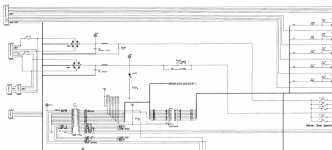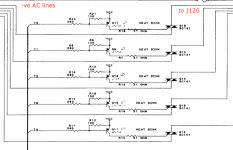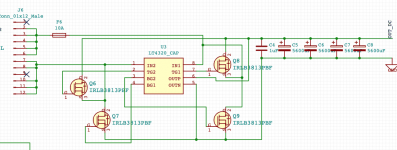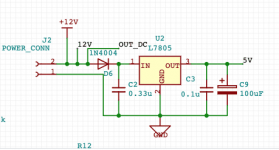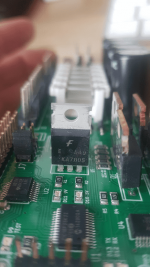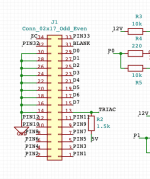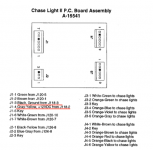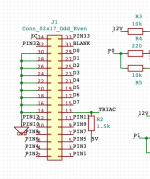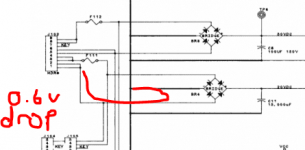I have a bit of a head scratcher.
I'm looking at the GI AC outputs of the transformer of my WPC machine, the ones that connect to J115 and power the games GI and should be around 6.3VAC. Looking at the wave through my (shamefully cheap) scope, I can see the wave is inbalanced.
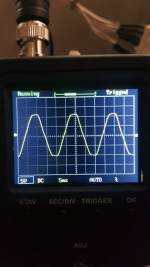
You can see that it has slightly more amplitude on the positive side that the negative.
Now here's where it gets weird. If we don't send up the middle pin from that transformer connector (which goes to J115-1 and is tagged as reference ground in the schematics), the wave looks the same, lopsided. However, if we do send it up, the wave looks like it should.
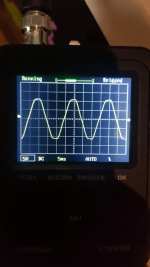
Even top and bottom.
Pinfest beers waiting for anyone who can explain to me whats going on!
I'm looking at the GI AC outputs of the transformer of my WPC machine, the ones that connect to J115 and power the games GI and should be around 6.3VAC. Looking at the wave through my (shamefully cheap) scope, I can see the wave is inbalanced.

You can see that it has slightly more amplitude on the positive side that the negative.
Now here's where it gets weird. If we don't send up the middle pin from that transformer connector (which goes to J115-1 and is tagged as reference ground in the schematics), the wave looks the same, lopsided. However, if we do send it up, the wave looks like it should.

Even top and bottom.
Pinfest beers waiting for anyone who can explain to me whats going on!

